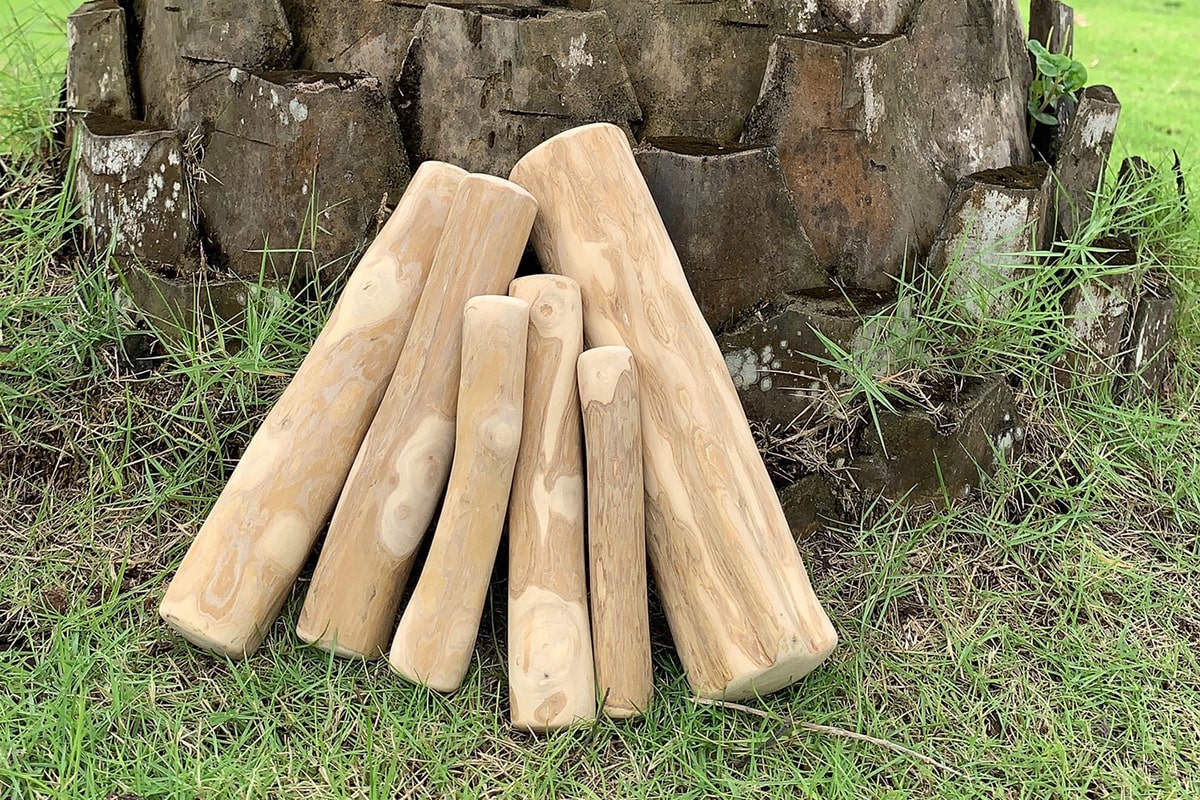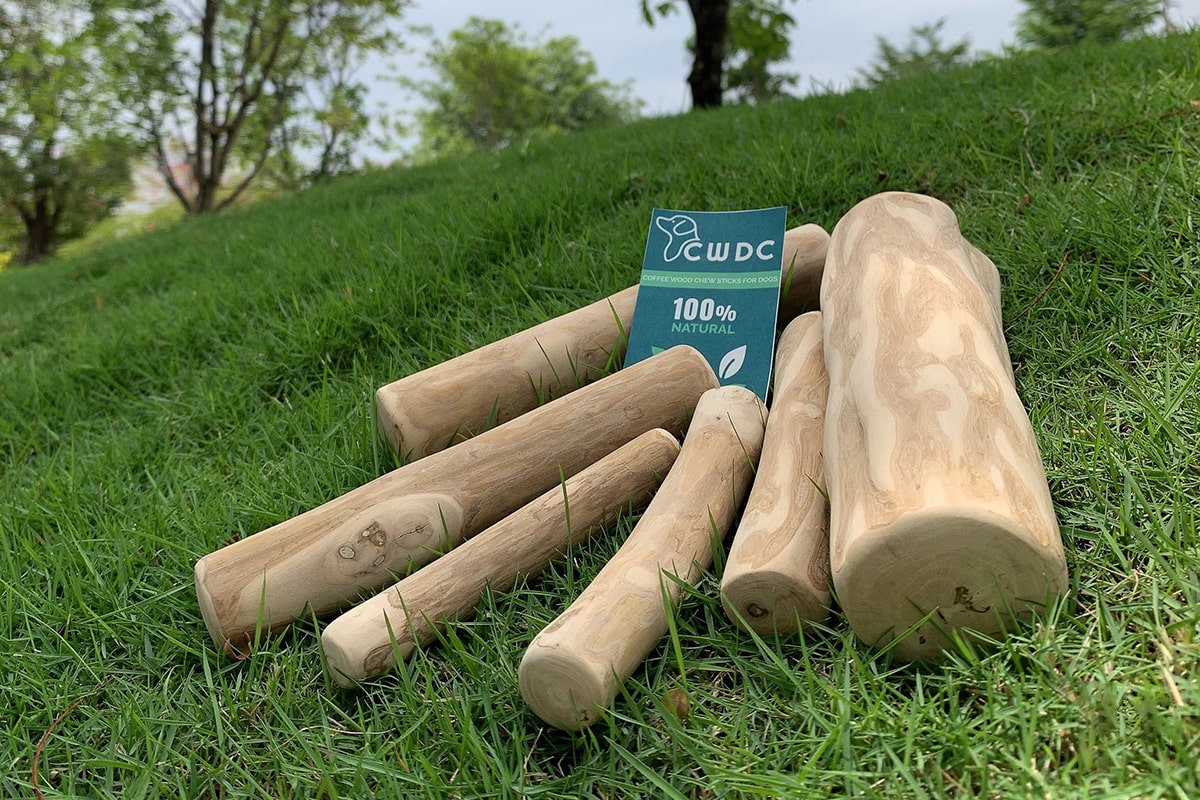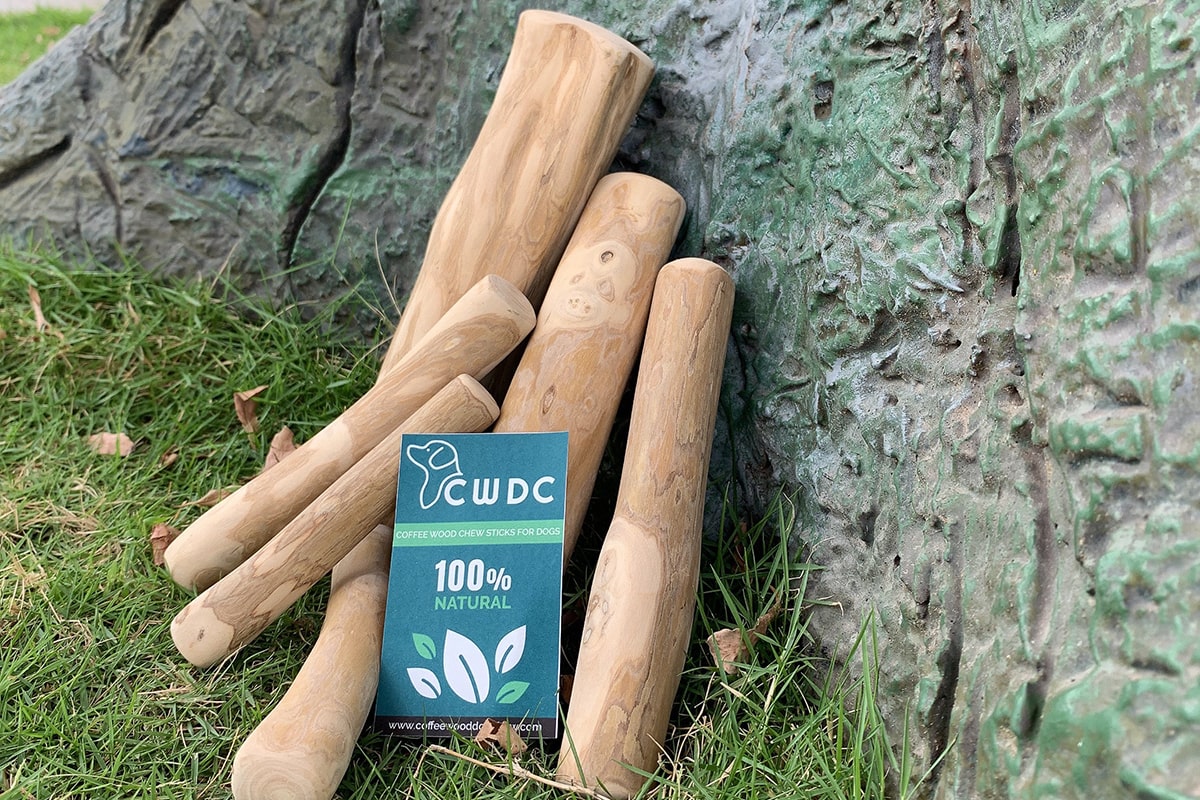Java wood bird trees are more than decorative stands, they are functional playgrounds, rest stops, and enrichment tools that can transform a bird’s daily life. But not every tree suits every bird. Selecting the right size and shape requires an understanding of your bird’s species, natural behaviors, safety needs, and enclosure space. A well-matched Java wood bird tree not only provides stimulation and exercise but also helps build trust and reduces stress.
1. Why Size And Shape Matter
Birds spend most of their day perching, climbing, and exploring. The wrong size tree can cause discomfort, lead to foot problems, or fail to engage a bird’s curiosity. Too small, and the bird may feel cramped; too large, and it might be intimidating or impractical in the home. Shape also plays a critical role, branches that are too uniform or too sparse limit exercise opportunities, while varied, natural contours encourage grip strength, balance, and confidence.
2. Matching Tree Size To Bird Species
- Small birds (parakeets, finches, lovebirds): Choose compact Java trees with thinner branches (½–¾ inch diameter) and multiple perches for hopping. Height should be modest, so the bird feels secure.
- Medium birds (cockatiels, conures, quakers): Opt for medium-height trees with branch diameters of ¾–1¼ inches, offering both resting perches and climbing challenges.
- Large birds (African greys, Amazons, macaws, cockatoos): Require tall, heavy-base trees with thick branches (1½–3 inches). Stability is crucial, large species exert more force when climbing and chewing.
3. Understanding shape and branch layout
- Natural irregularity: One of Java wood’s greatest strengths is its irregular branching. Birds benefit from non-uniform diameters, which exercise their feet and prevent pressure sores.
- Multi-directional design: Trees with horizontal, vertical, and angled branches encourage climbing, wing stretching, and problem-solving.
- Resting vs activity zones: Thicker, flat branches serve as rest spots, while narrower, angled branches promote active play and foraging.
- Space considerations: For indoor use, choose shapes that fit comfortably into corners or central spaces without obstructing daily activity.
4. Enrichment And Customization Options
Java trees often come with hooks or flat surfaces for attaching toys, ladders, or feeding bowls. Adding enrichment ensures birds engage in natural behaviors like foraging, shredding, or problem-solving. Owners can rotate toys or change branch setups to prevent boredom and maintain mental stimulation.
5. Safety And Durability Checks
- Ensure the base is wide and heavy enough to prevent tipping.
- Inspect for sharp splinters or cracks before use.
- Avoid overly treated or varnished finishes, natural wood is safest.
- Regularly clean and monitor for excessive wear, especially with strong chewers.
6. A Choice That Grows With Your Bird
Young or smaller birds may start with modest-sized trees but quickly graduate to larger structures as their confidence and physical abilities grow. Investing in the right shape and size from the start, or upgrading as needed, ensures long-term enrichment and avoids frustration for both bird and owner.
Conclusion
Choosing the perfect Java wood bird tree comes down to balancing your bird’s species, size, and natural instincts with the practicalities of your home environment. A tree that is well-matched in size provides comfort and exercise, while a thoughtfully shaped design stimulates curiosity and prevents boredom. With their natural irregularity, durability, and eco-friendly origin, Java wood bird trees are more than perches, they are holistic playgrounds where birds can thrive physically and emotionally.
Related Posts:
- Why Do Dogs Chew on Furniture, Shoes, and Other Household Items?
- The Role of Natural Perches in Bird Foot Health: Why Java Wood is Ideal
- Java Wood Play Stands: Creating a Fun and Engaging Environment for Your Bird
- Natural Beauty Meets Function: The Unique Appeal of Java Wood Tunnels and Hideouts
- Java Wood Bird Stands: Aesthetic and Functional Benefits for Your Home
- Can Java Wood Bird Stands Help with Bird Behavior and Training?









